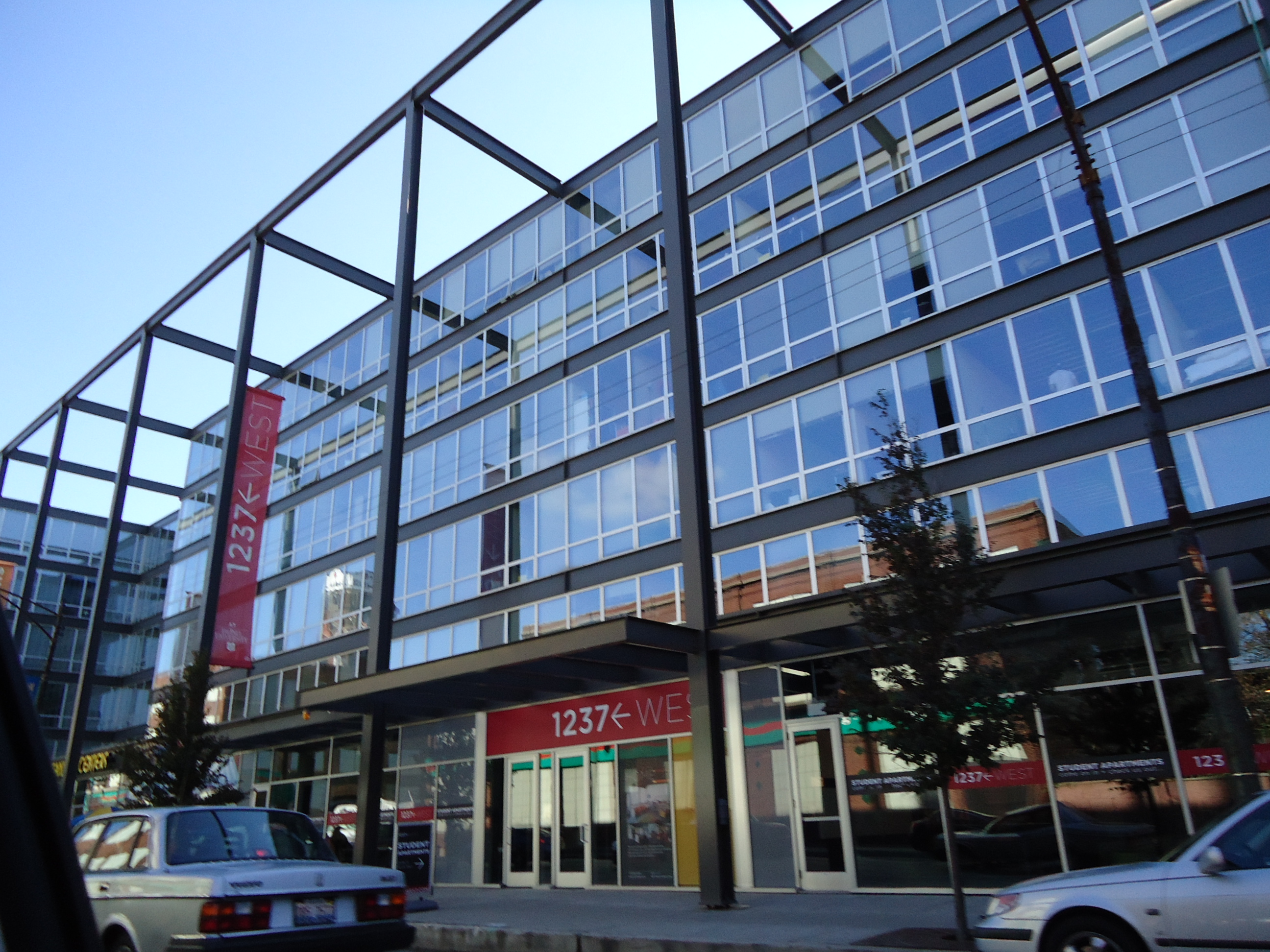All colleges have basic features: classrooms, residence halls and dining commons, people. How education happens at a college depends on history and culture (i.e. the attitudes, beliefs and values–which can be shaped by history.) Exploring colleges from multiple perspectives–academics, social life and the culture–will help students and parents make more confident choices about where to apply and enroll. Creative Marbles recent travels to Chicago and four of its region’s colleges will help direct families in investigating colleges.

Above is the Rockefeller Memorial Chapel, named after John D. Rockefeller, a founder of the University of Chicago. Intense, studious, older than Chicago The architecture of a campus influences how students “feel” and inspire (or not) their studies. Answering questions, like: Who was Rockefeller? Why did he decide to establish the University of Chicago? How closely does the college follow Rockefeller’s original vision? What other students and professors are attracted to University of Chicago’s philosophy about education? Why? Would I connect with them? All questions that prospective students (and their parents) can answer to help know the value of the education they’d gain by attending U Chicago, and inspired by one building
Loyola University of Chicago, located lakeside on the northern end of Chicago, is in contrast to the urban neighborhoods of southside located University of Chicago. Below is Sean Earl Field and the Crown Center for the Humanities, and just beyond the Crown Center is Lake Michigan (not shown). The Jesuit foundations and community service oriented mission of Loyola University will impact the educational experience for all students. Understanding what this will mean for both Catholic and Non-Catholic students will be helpful in deciding to apply and enroll or not.

Creative Marbles also visited a second Chicago Catholic college, DePaul University (see photo below). In contrast to the working class neighborhood of Loyola, DePaul’s location is urban, with streets bisecting the campus and no defined campus boundary, with buildings located on separate, consecutive blocks. Although the underlying educational philosophies of both Loyola and DePaul are guided by Catholic teachings, the difference in size of student body (DePaul is the largest Catholic university in the United States) increases the diversity of the student body and potential learning opportunities. Prospective students that understand their learning style and how social relationships affect their educational experience will be better able to make a decision when the differences between campuses is in the details, like with DePaul and Loyola.

The fourth stop on Creative Marbles campus tour of Chicago was at Northwestern University, 12 miles north of the city. (Tip: the more preparation and research a student and their parents complete before touring campuses, the more information a family will be able to gather while on campus and helping to keep the facts about each campus separate, especially when seeing multiple colleges in one day.) Since the founding mission of Northwestern was to be inclusive to all religions, prospective students who seek diversity would be wise to ask how that founding vision influences the campus today. Also, a more suburban location allows the campus to incorporate open, green spaces, which can change the atmosphere of the university and student’s comfort on campus. See photo below:

For more tips on effective campus tours, listen to our recent podcast.
Photos Credit: Julie Nhung Nguyen, Creative Marbles Consultancy 2012



